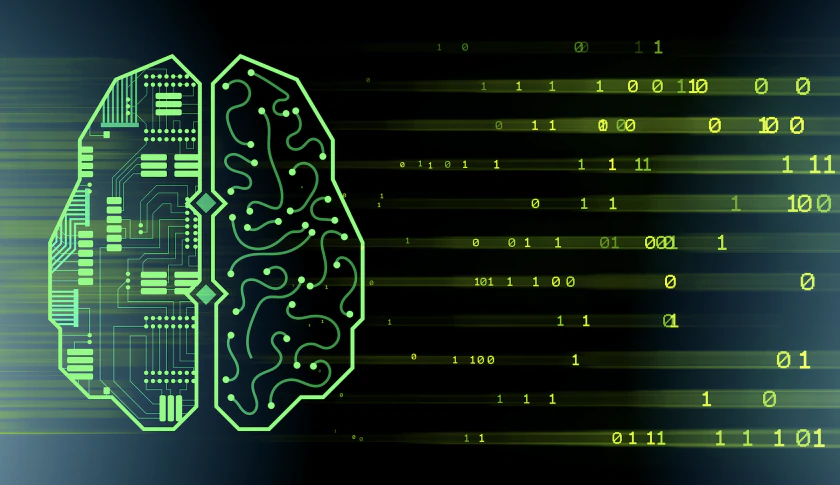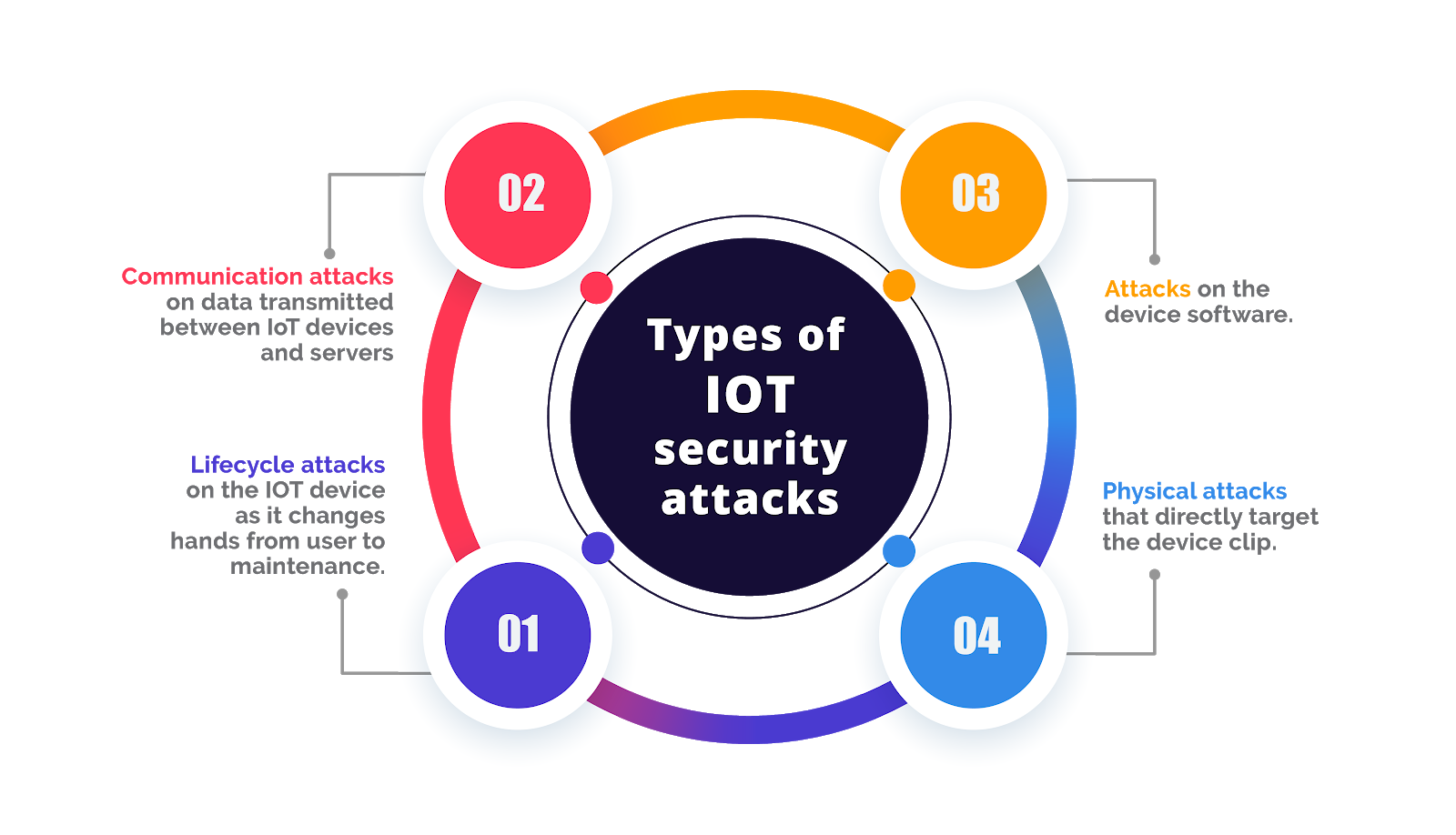In an era where cyber threats are becoming increasingly sophisticated, staying ahead of cybersecurity trends is crucial for protecting sensitive data and maintaining trust. As we navigate through 2024, several key trends are emerging in the cybersecurity landscape. This article highlights the top cybersecurity trends to watch this year.
AI and Machine Learning in Cybersecurity AI and machine learning are becoming vital tools in the fight against cyber threats. These technologies can analyze vast amounts of data in real-time to detect anomalies and potential threats. By leveraging AI, cybersecurity systems can predict and respond to attacks faster and more accurately than traditional methods. This proactive approach helps organizations mitigate risks before they cause significant damage.

Zero Trust Architecture The zero trust model, which operates on the principle of “never trust, always verify,” is gaining traction in 2024. This approach requires strict verification of all devices and users attempting to access network resources, regardless of their location. Implementing zero trust architecture helps prevent unauthorized access and reduces the risk of data breaches by ensuring that every request is authenticated and authorized.
Cloud Security Enhancements As more organizations move their operations to the cloud, ensuring robust cloud security has become paramount. Cloud service providers are enhancing their security measures, including advanced encryption, multi-factor authentication, and AI-driven threat detection. Businesses are also adopting cloud-native security tools to monitor and protect their cloud environments from evolving threats.
Ransomware Defense Strategies Ransomware attacks continue to be a major concern in 2024. Organizations are investing in comprehensive ransomware defense strategies, including regular data backups, employee training, and advanced endpoint protection. Additionally, cybersecurity teams are employing AI to detect and neutralize ransomware before it can encrypt critical data, minimizing the impact of potential attacks.

IoT Security The proliferation of Internet of Things (IoT) devices presents new security challenges. These devices often have weak security measures, making them vulnerable targets for cyberattacks. In 2024, enhancing IoT security involves implementing stronger authentication methods, regular firmware updates, and network segmentation to isolate IoT devices from critical systems.
Staying ahead of cybersecurity trends is essential for protecting sensitive information and maintaining organizational resilience. By leveraging AI and machine learning, adopting zero trust architecture, enhancing cloud security, developing robust ransomware defense strategies, and securing IoT devices, businesses can better defend against emerging cyber threats in 2024.